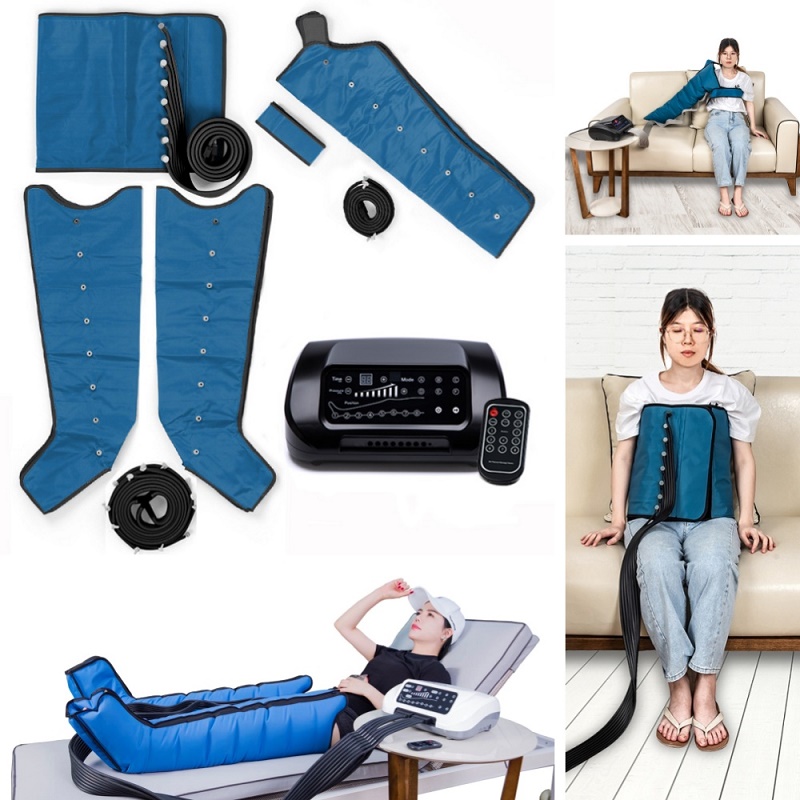While air compression devices like
air compression massage systems and sequential compression sleeves are marketed as safe, non-invasive tools for enhancing circulation, pain relief, and recovery, their prolonged use isn’t without potential pitfalls. As a healthcare professional, it’s critical to understand the nuances between “non-invasive” and “risk-free” when advising patients or clients on long-term therapy.

One key concern is overpressure injury. Many
air compression leg massagers feature adjustable intensity settings, but improper calibration can lead to excessive pressure on limbs or joints. For instance, a 2022 case study in 《Physiotherapy Journal》 documented a patient who developed compartment syndrome-like symptoms after using a high-intensity compression device for three weeks. While rare, such cases highlight the need for personalized pressure settings based on individual physiology and medical history.
Another often-overlooked risk is vascular compromise. Devices designed for
lymphatic drainage or post-workout recovery may inadvertently restrict blood flow if used incorrectly. For example, applying compression sleeves over varicose veins or areas with peripheral artery disease could exacerbate existing conditions. Professionals should emphasize the importance of pre-use assessments to identify contraindications like deep vein thrombosis (DVT) or fragile skin, where compression therapy might be harmful.
Long-term users of air compression therapy devices may also face skin sensitization or allergic reactions. While less common with medical-grade equipment, some consumer-grade models use synthetic fabrics or adhesives in sleeves that can irritate sensitive skin over time. Additionally, improper hygiene practices—such as reusing sleeves without cleaning—can lead to bacterial colonization, posing infection risks for immunocompromised individuals.
To mitigate these risks, healthcare providers should advocate for evidence-based protocols:
Device Selection: Recommend FDA-cleared or CE-marked devices with adjustable pressure gradients and safety timers.
Customized Care Plans: Tailor compression cycles, intensity, and treatment duration to individual needs, avoiding “one-size-fits-all” approaches.
Regular Monitoring: Schedule follow-ups to assess for skin changes, swelling patterns, or neurological symptoms like numbness or tingling.
For healthcare providers seeking reliable, safety-certified air compression solutions backed by expert guidance,
Xiamen Weiyou Intelligent Technology Co., Ltd. offers tailored device selection, clinical training, and ongoing technical support. Their team of engineers and medical advisors specializes in optimizing compression therapy for diverse patient populations. To explore customized strategies for your practice or learn more about their FDA-registered devices, contact Xiamen Weiyou Intelligent Technology Co., Ltd. today(Email: sales@weiuit.com).


